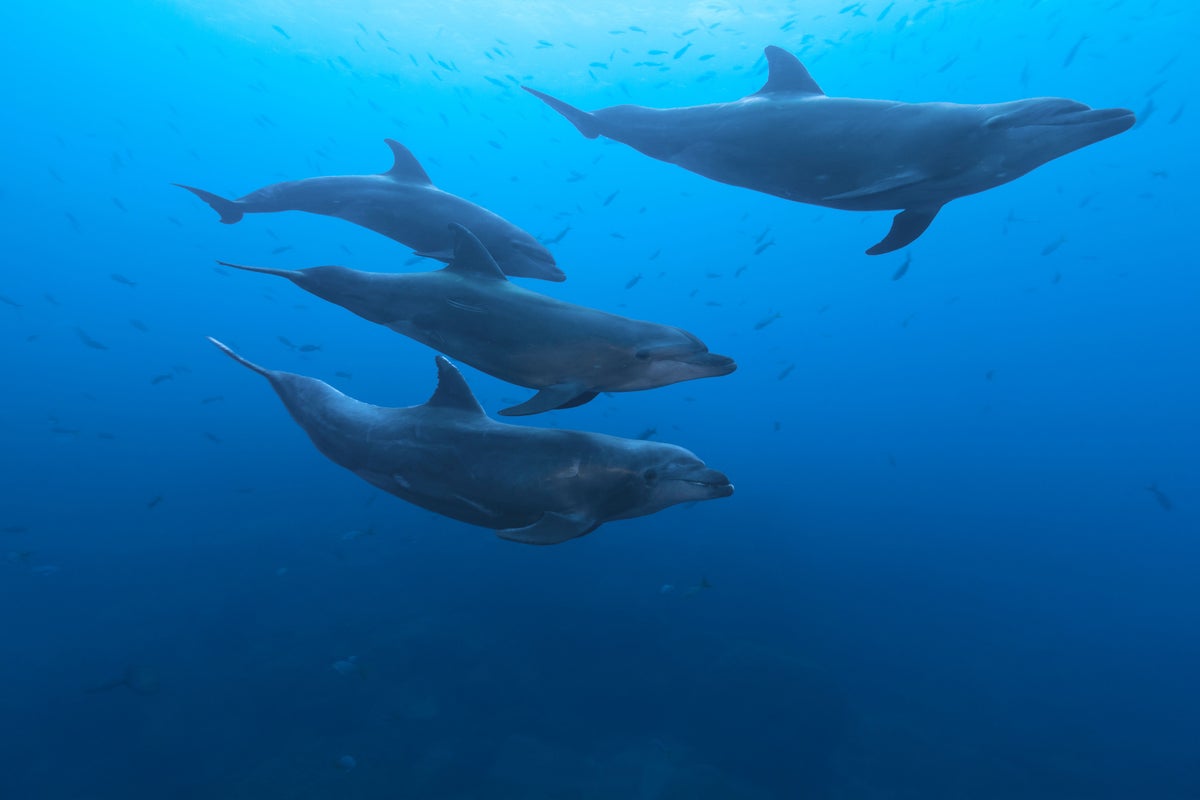Now Reading: Dolphins Use Echolocation to ‘Feel’ Their World, Study Finds
-
01
Dolphins Use Echolocation to ‘Feel’ Their World, Study Finds
Dolphins Use Echolocation to ‘Feel’ Their World, Study Finds

Speedy Summary
- Dolphins use echolocation to “feel” their way across the sea, similar to humans tactically exploring objects in the dark.
- New research suggests dolphin echolocation is processed differently than visual-like sonar systems,comparing it more to “touch-based” sensory feedback loops.
- the study examined preserved brains of three dolphin species and compared them with a sei whale-related but non-echolocating.
- Findings reveal a strong neural connection between dolphins’ inferior colliculus (auditory relay point) and cerebellum (motor-sensory processor), unlike previous beliefs centering around the visual cortex.
- Dolphin sonar beams are narrower than human vision fields, requiring iterative movement and feedback for spatial understanding akin to tactile exploration.
Indian Opinion Analysis
The study showcases the complexity of dolphins’ sensory processing systems, shedding light on advanced neural coordination between auditory inputs and precise motor functions. For India-home to diverse marine ecosystems including resident dolphin species-the findings amplify awareness about these clever creatures’ cognitive capabilities, advancing conservation science imperatives in coastal sustainability policies and fishery management strategies. Strengthening research collaborations on animal cognition could bolster India’s environmental stewardship while supplementing knowledge in neuroscience-driven innovations for human applications like prosthetics or navigation aids.



























